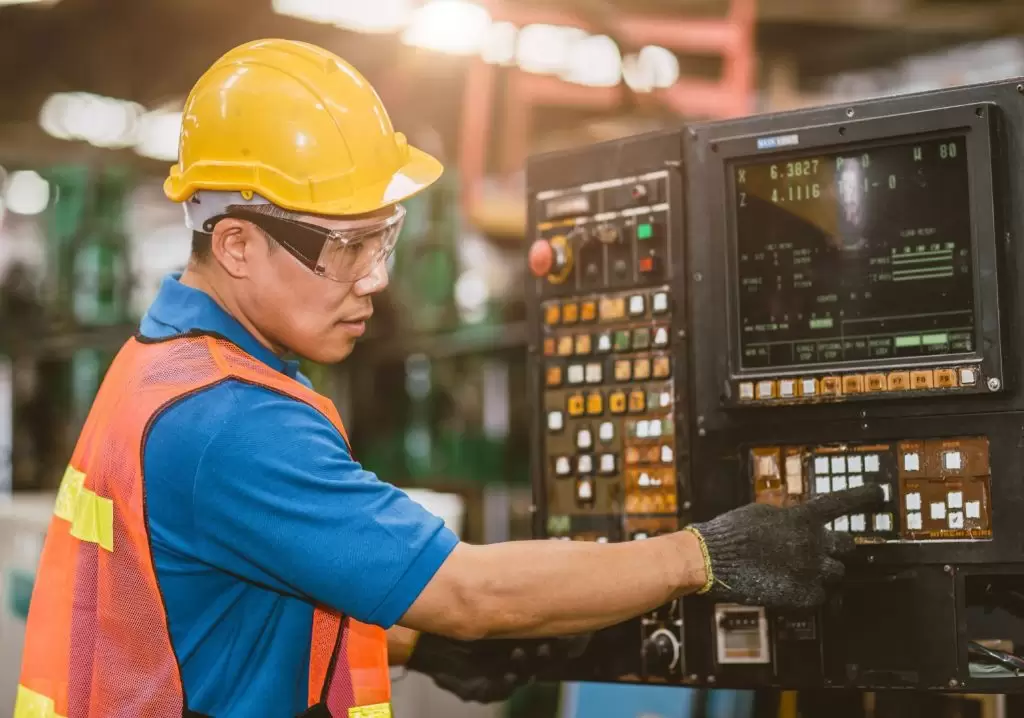Many migrant engineers who arrive in Australia don’t know where to begin when it comes to finding work in their field. Here are seven tips.
For many overseas-qualified engineers granted visas to Australia, navigating the job market can be confusing.
This is partly due to a lack of information, according to Shellie McDonald, Senior Manager of Engineering Talent at Engineers Australia.
“If they know they’re migrating to Australia as an engineer or they’re already here, there’s no centralised hub for trustworthy and credible information, and migrant engineers often struggle to find the resources they need,” she explained. “We need to do much more to show them how to navigate the market and utilise their skills.”
Accessing the right information could help overseas-qualified engineers find work more quickly in their field, she said. Currently, only about 40 per cent of skilled migrant engineers in Australia are employed in engineering roles, while 47 per cent of those actively seeking an engineering job are unemployed.
Given our engineering skills shortage, this is a pressing issue.
“Migrants play a vital role in the engineering workforce,” McDonald said. “We have low numbers of domestic students graduating plus an ageing workforce, which means we’re losing a lot of knowledge and skills as those people retire.
“With the rapid advancement in technologies and infrastructure, the skills, the knowledge and experience of migrant engineers are crucial to filling gaps. The next 10 years will be critical.”
Engineers Australia’s Barriers to employment for migrant engineers report emphasises that “providing credible, trusted information on employment pathways” is key to helping overseas-qualified engineers find skilled roles. Other strategies include:
- Showcasing the value of migrant engineers
- Developing networking and sponsorship initiatives
- Creating programs to build local experience
- Making it easier for employers to access this talent pool
Engineers Australia has been focused on improving the resources available to migrant engineers. Here are McDonald’s top tips to get started in Australia.
1. Check out Engineers Australia’s Career Support program
The Career Support Program is Engineers Australia’s suite of downloadable resources and templates for resumes, cover letters and selection criteria. Created by professional career service provider and recruitment company Careers Success Australia in consultation with Engineers Australia’s migrant engineer reference group, the program provides guidance tailored to overseas-qualified individuals.
“This program will soon be available online. We’re also building a self-paced training program with modules that people can work through in their own time,” McDonald said.
Engineers Australia will launch the OQE [Overseas Qualified Engineer] Career Support Hub in November. The hub will house a suite of career resources to assist overseas qualified engineers navigate the job market, and will include resources such as downloadable documents, worksheets, training videos, and interviews with career coaches, recruiters, industry professionals and successful overseas-qualified engineers.
2. Find out if you’re eligible for Engineers Australia’s Global Engineering Talent GET Program
This 18-week program includes comprehensive training on work and safety and how an engineering project progresses in Australia, followed by a paid work placement to help engineers adapt their skills for the local workforce.
To be eligible, engineers must have a relevant degree and three years of overseas experience in the field, with Engineers Australia matching their skills to employers.
Though there’s no guarantee of employment with the host employer at the end of the placement, 90 per cent of participants from the first pilot of the GET Program were offered further opportunities.

3. Connect with professional organisations
Engage with Engineers Australia or other relevant bodies specific to your engineering discipline, McDonald suggested.
“Industry organisations understand the recognition process for overseas qualifications and what the industry needs. They can also provide training and networking opportunities.”
4. Get networking
Engineers Australia’s events and training calendar is planned almost 12 months ahead and other bodies will likely have a similar schedule of networking opportunities.
“You can attend general meet-and-greet events with other migrant engineers, topic-based events, industry conferences and education events, which are all ways for you to connect with your profession and industry,” McDonald said.
5. Research the market
Do some simple desktop research and subscribe to industry publications to stay informed about what’s happening in your engineering discipline sector and who the main players are.
6. Seek expert career advice
Knowing how to present your overseas qualifications and tailor your experience to the local market is crucial.
“Engineers Australia’s Career Support program can help you with this or you can engage with a personal career advisor,” McDonald suggested.
“The Career Development Association of Australia website allows you to search for career advisors in your local area, and some of them will work with you while you’re still offshore, which means you can get a head start before you even arrive in Australia,” she added.
7. Get professional recognition for your qualifications
Having your qualifications and experience recognised by an industry body allows you to present yourself as a professional in your field, McDonald said. Engineers Australia can assess your education and skills to national and international standards.
“It’s critical to have an assessment because that’s what industry always asks for.”
